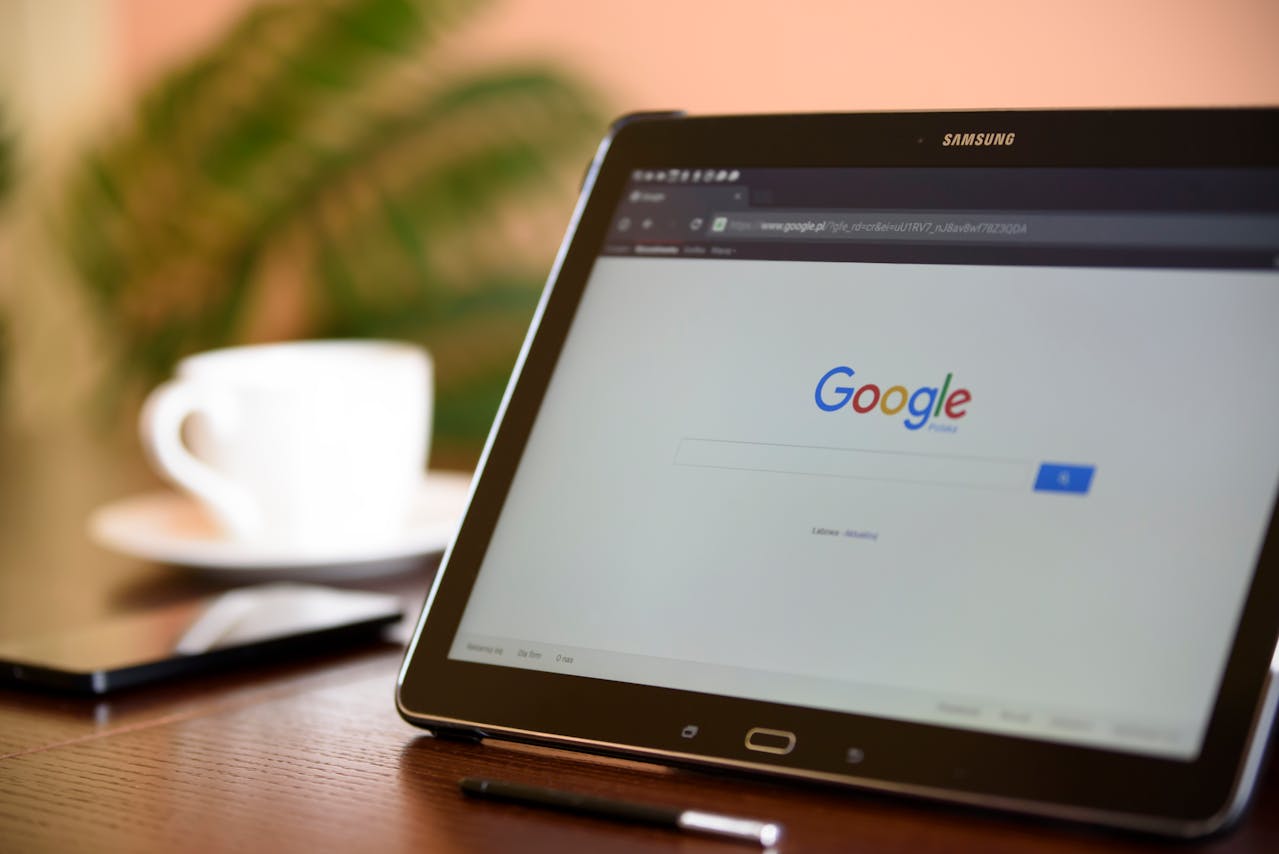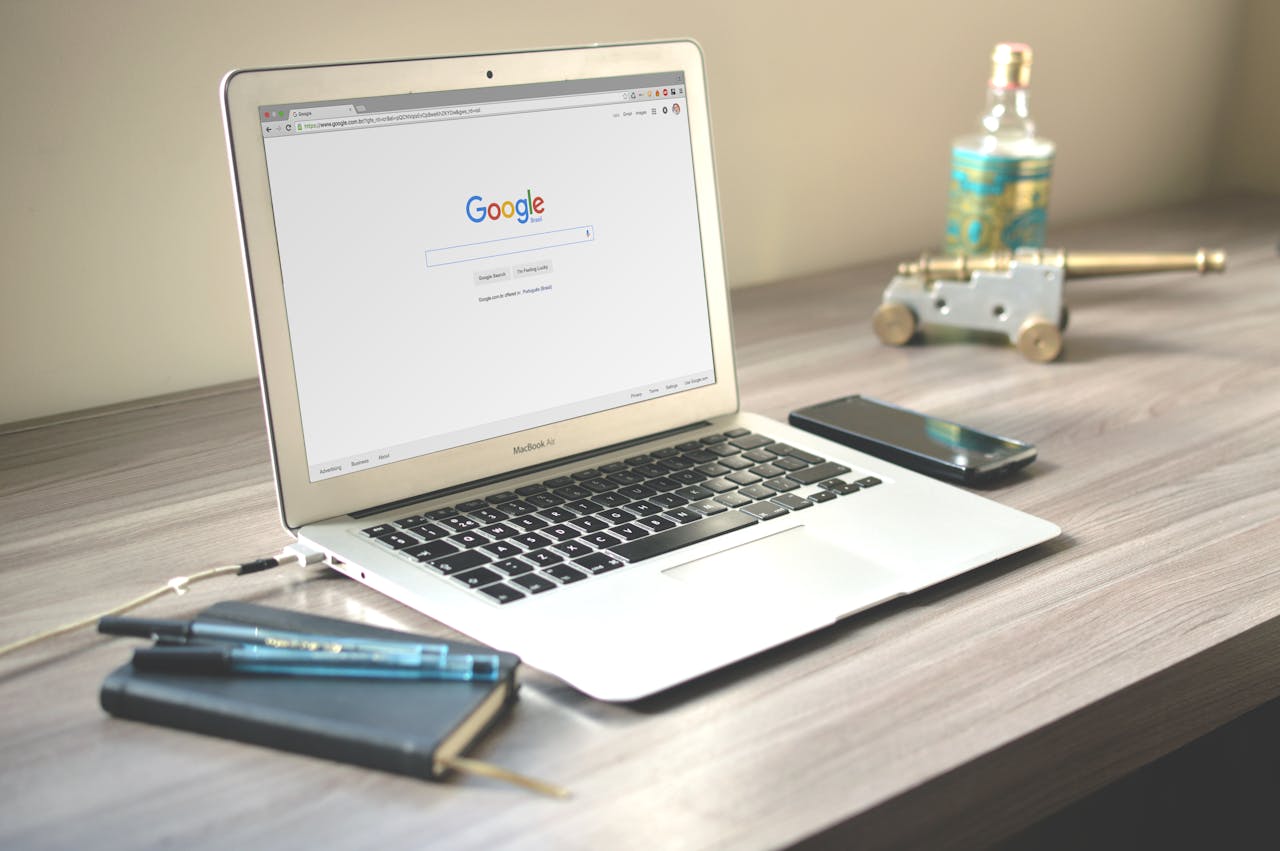A massive cache of Gmail credentials has surfaced online, exposing around 183 million accounts to potential misuse. It’s the kind of breach that forces people to rethink how much personal and sensitive information sits inside a single inbox. Email carries fragments of our lives, and when access falls into the wrong hands, the damage can extend far beyond unread messages.
What makes this leak especially troubling is how Gmail acts as a gateway to so many other services. For many users, one Google login unlocks banking apps, photo libraries, cloud documents, and subscription platforms. A compromised Gmail account isn’t just about privacy. It’s about control over someone’s broader digital footprint.
How the Breach Unfolded

This leak didn’t stem from a direct break-in of Google systems. Instead, it was an aggregation of stolen data gathered from various hacks across the internet. Security researchers discovered that old and new data had been combined into a single dump, making the breach appear massive in size and scope.
The leak came to wider attention when it was flagged by Have I Been Pwned, a well-known breach-tracking platform. Once verified, it confirmed that millions of Gmail logins had been swept into this pool of exposed data, pushing users to act quickly.
Why Gmail Accounts Were At Higher Risk

Gmail is often the backbone of a person’s online identity. Many people use the same Gmail login to access multiple services, making the account more valuable to cybercriminals than a random standalone password. When one password is exposed, attackers often test it across shopping sites, social media platforms, and banking portals.
Hackers rely on credential-stuffing, a tactic where they plug stolen email and password combinations into different websites hoping for a match. It doesn’t require genius-level hacking, just persistence and automation. If someone reused a password, the attacker can walk right in.
Another issue is how embedded Gmail is in account recovery processes. It often serves as the master reset email for other accounts. Once inside, a cybercriminal can begin locking the rightful owner out by changing passwords elsewhere, gaining deeper access without immediate detection.
The leak highlights how people underestimate the domino effect of a stolen email login. It isn’t just about someone reading your inbox. It’s about granting intruders the keys to your broader digital life, sometimes without any visible signs at first.
The Scale of the Data Exposed
Have I Been Pwned now tracks data from 917 breached websites and more than 15 billion exposed accounts. These numbers show that data breaches aren’t isolated events but part of a long cycle of theft, resale, and reuse.
Many Gmail users were surprised to learn their information resurfaced years after earlier hacks, reminding everyone that exposed data rarely disappears. It circulates, evolves, and re-emerges in new combinations that make breaches appear fresh.
How to Check if Your Gmail Was Affected

Users can check whether their Gmail address appeared in this leak by visiting Have I Been Pwned and running a scan. It only requires entering the email to receive a report confirming whether it surfaced in known breaches. This simple step gives clarity on whether urgent action is required or if the account remains safe.
If the site flags your email, assume the worst and act immediately, even if no suspicious activity has appeared. Criminals don’t always strike right away. Many wait, monitor, or sell the data for later use.
Changing your Gmail password is the first move. Avoid using similar variations such as adding a number or special symbol to an old password. Attackers predict those tweaks. Craft a completely new, strong password and avoid using it on any other platform.
After updating Gmail, check other accounts tied to it, especially those involving money, personal identity, or large stored data. Anything linked to that Gmail could be at risk through password resets or verification emails.
What to Do If Your Details Were Compromised
Start with the essentials: update your Gmail password, then move to accounts that rely on it. Prioritize financial platforms, shopping sites, cloud services, and social media, as these are most often misused for identity theft or fraud.
Next, review account recovery settings. Ensure backup phone numbers and recovery emails are yours and current. Attackers often change these first to block users from regaining access once breached.
Why Two-Step Verification Is No Longer Optional
Two-step verification, often known as 2FA, is the most effective barrier against unauthorized entry. Even if someone steals your password, they can’t access your account without passing a second approval check. This extra step stops most automated break-ins at the gate.
Google offers several 2FA methods, including on-device prompts, authenticator apps, and physical security keys. Each option adds friction for attackers while keeping the process convenient for users. It’s not overcomplicated. It’s a basic safety net everyone should enable.
People often skip 2FA because they assume breaches only happen to others. Yet this leak proves how widespread credential exposure has become. Enabling that second step could be the difference between a blocked attempt and a stolen identity.
Google’s Security Tools Behind the Scenes

Google uses advanced security systems that monitor login attempts for unusual patterns like unfamiliar devices, strange locations, or rapid sign-in attempts. When something doesn’t look right, extra challenges appear to keep intruders out.
Users often underestimate how quickly attackers move after obtaining stolen data. While personal vigilance matters, Google’s layered tools silently shield millions of people daily. The combination of automated detection, recovery safeguards, and 2FA gives users a fighting chance in a landscape filled with breaches.


